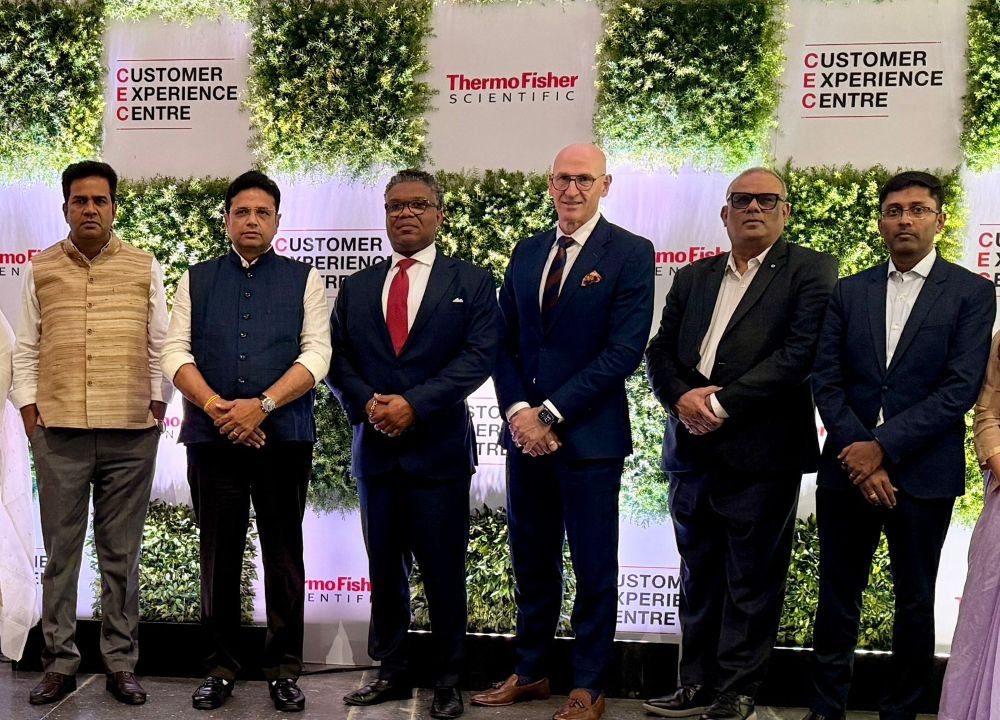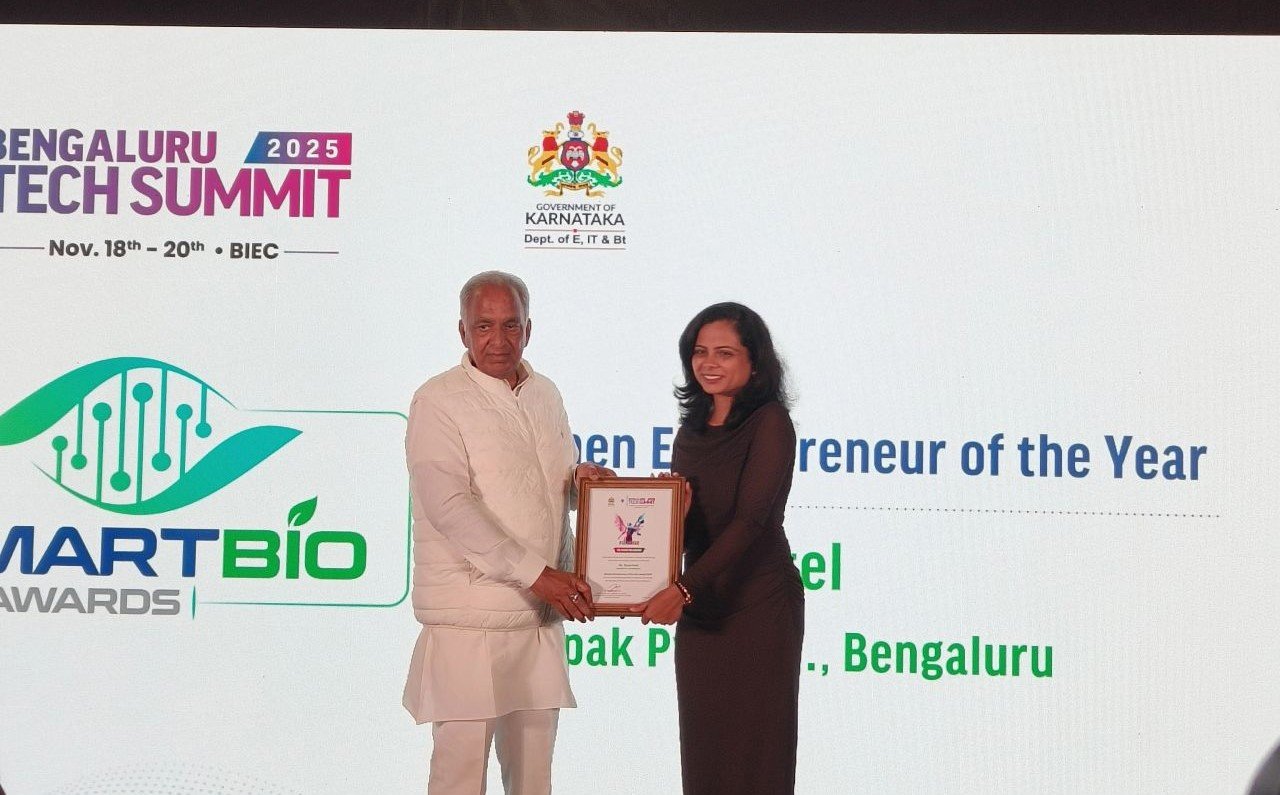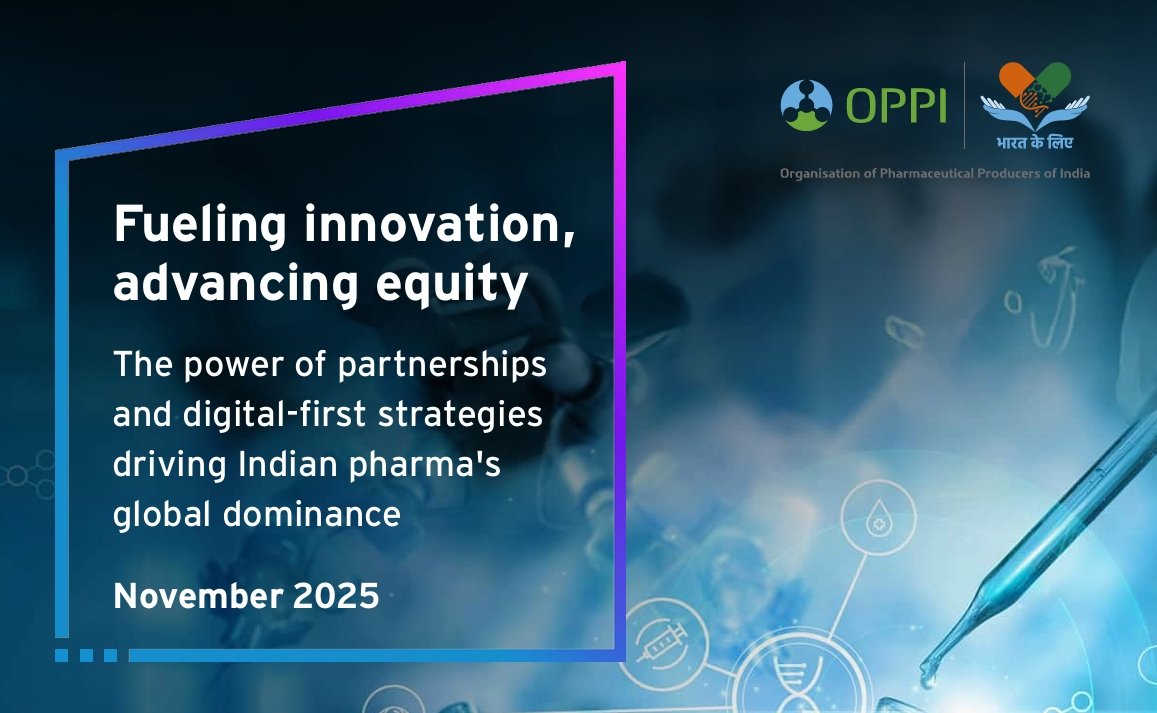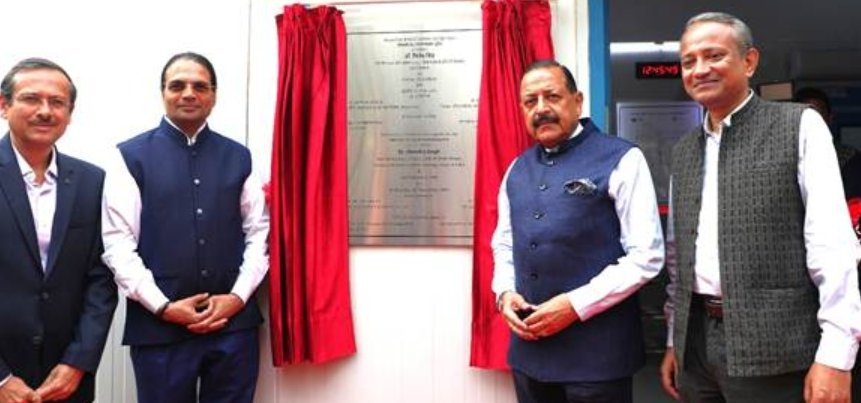“APAC accounts for 18% revenue�
February 05, 2010 | Friday | News
 -Dr
Joachim Kreuzberg, CEO, Sartorius AG, Germany
Within
two decades, Germany-based international laboratory and process
technology provider, Sartorius, has built up a strong position in India
and Asia by gaining a wider customer base that includes biotech,
pharmaceutical and food sectors.
Sartorius
India has recently established a new production and R&D
facility in Bangalore, that spreads across 107,640 sq.ft. with an
investment of 6.5 million euros (Rs 45 crore). Sartorius sees India and
Asia Pacific as high growth areas for its business. BioSpectrum finds
out more from Dr Joachim Kreuzberg, CEO, Sartorius AG, Germany about
the company's growth in Asia.
What
percentage of Sartorius Group's revenue is from the Asia
Pacific region?
-Dr
Joachim Kreuzberg, CEO, Sartorius AG, Germany
Within
two decades, Germany-based international laboratory and process
technology provider, Sartorius, has built up a strong position in India
and Asia by gaining a wider customer base that includes biotech,
pharmaceutical and food sectors.
Sartorius
India has recently established a new production and R&D
facility in Bangalore, that spreads across 107,640 sq.ft. with an
investment of 6.5 million euros (Rs 45 crore). Sartorius sees India and
Asia Pacific as high growth areas for its business. BioSpectrum finds
out more from Dr Joachim Kreuzberg, CEO, Sartorius AG, Germany about
the company's growth in Asia.
What
percentage of Sartorius Group's revenue is from the Asia
Pacific region?
We will get the initial revenue figures for the full year of 2009 in
February 2010. Our nine-month sales revenue was estimated at 445
million euros (Rs 2,966 crore); the Asia Pacific region accounted for
around 18 percent of this figure.
How
is the growth rate of the company?
Asia is an important growth market for both of our group divisions.
This will continue to be so in the future as well. In recent years,
eight percent growth rate has been registered. For the year 2009, I
expect a growth rate of 10 percent.
What
are the major steps taken by Sartorius in Asia?
For many years, Sartorius has been active with its own sales and
production companies in Asia. Twenty years ago, we started our
activities in India by entering the local market to establish our
presence. Sartorius founded a sales and service organization in Hong
Kong, China, in 1988. Since 1996, Sartorius has its presence in Beijing
with its manufacturing site for laboratory balances and industrial
scales.
The new plant in India is the second-largest investment of Sartorius in
Asia in the recent years. In the meantime, we have been employing over
800 people in the Asia Pacific region, of whom 200 work in China and
400 in India. There is an intensive transfer of know-how between
colleagues in Germany and their counterparts in Asia in order to
maintain global quality standards in locally manufactured products.
Can
you elaborate on the growth plans for Sartorius'
biotechnology division?
Our biotechnology division is undergoing a growth phase as the demand
for medications will continue to rise worldwide. Experts predict that
the global pharmaceutical market will grow approximately at a rate of
five percent, whereas the compound average growth rate of the
biopharmaceutical segment is expected to reach 11.5 percent by 2014.
Sartorius Stedim Biotech is excellently positioned to be a part of this
growth.
We have a presence in all key pharmaceutical markets, a wide and
innovative product portfolio and a very strong brand; and our
customers' awareness of our brand is also high. In addition,
the biopharmaceutical industry is in the midst of a technology change
from reusable to single-use production equipment, which we as suppliers
and partners are strongly propelling forward. In the case of single-use
products, we have gained a leading position in the market, which we
plan to extend in the next few years.
What
are the key areas of focus for Sartorius in the coming years?
As a growing number of medications are now being manufactured using
biotechnology, our biotechnology division has given more importance to
meeting the needs of the biopharmaceutical industry. We are
concentrating on developing innovative products and efficient
technologies for laboratory applications, cell culturing and
fermentation, filtration, purification, liquid transfer/handling and an
entire range of services.
We offer our customers a wide array of products, which is mainly based
on single-use components, such as filter capsules or bags. We also
provide integrated solutions for the convenience of our customers to
match our completely preconfigured, perfectly compatible single-use
equipment with their individual process steps. In the mechatronics
division, we plan to concentrate even more strongly on the food and
pharmaceutical industries. In these segments, we consider process
analytics as an attractive business field that has a promising future,
and we also have plans in place to substantially extend our activities
in this area in the coming years.










